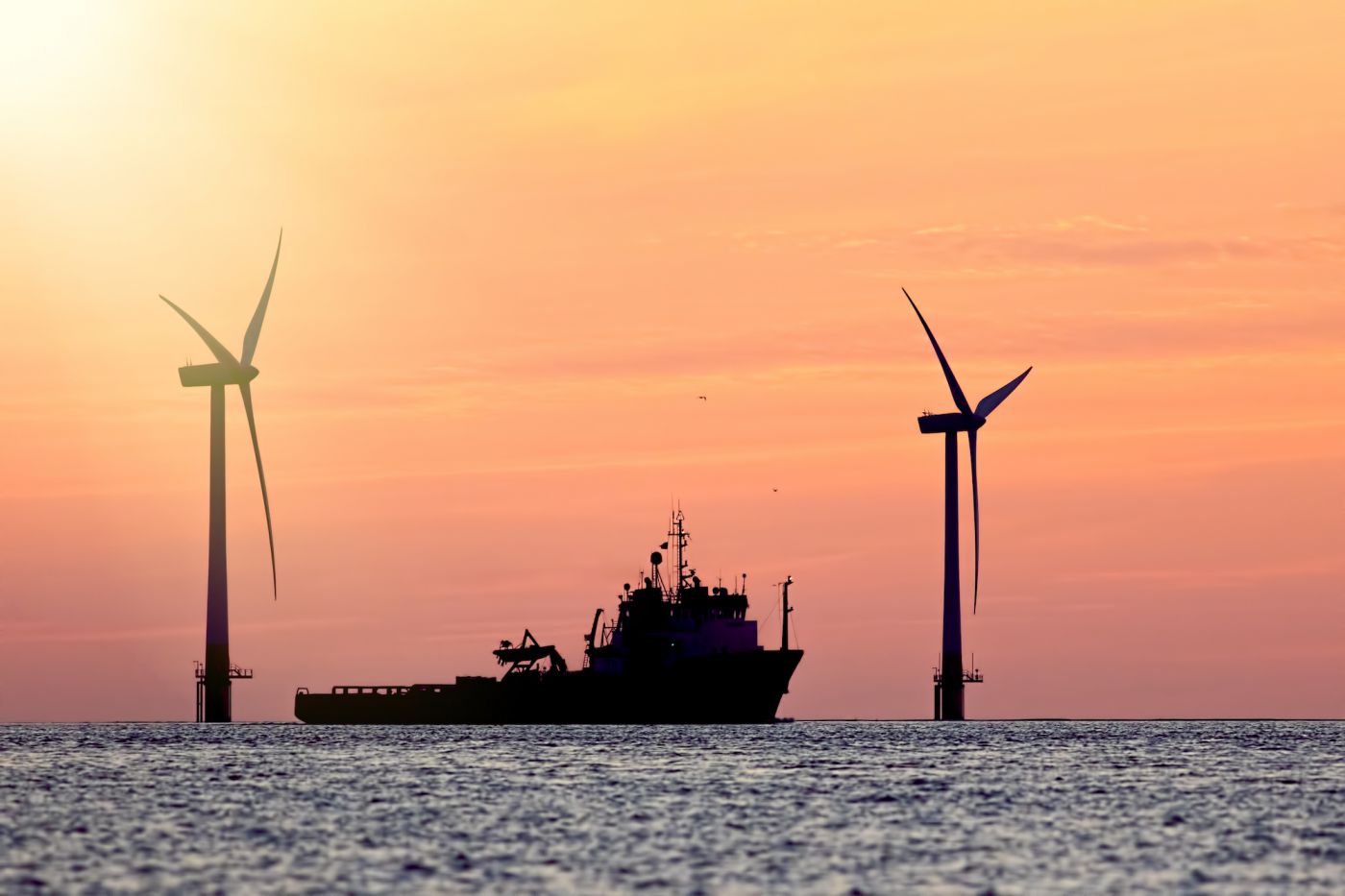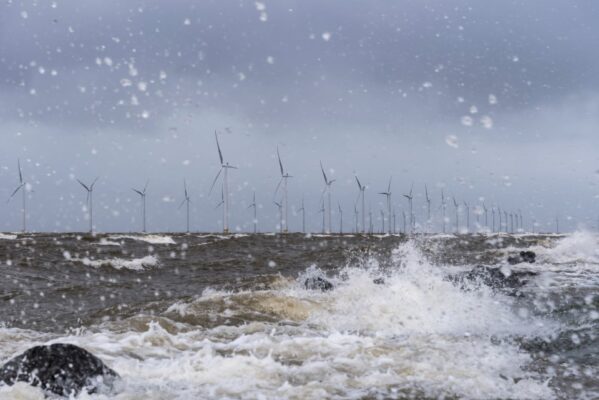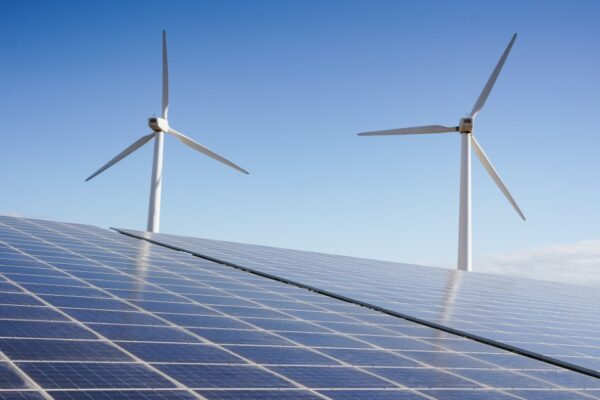In 1991, Europe’s first offshore wind farm, named Vindeby, was built off the coast of Denmark. By modern standards, this installation was small, consisting of 11 450 kW wind turbines. Despite being decommissioned in 2017, the Vindeby Offshore Wind Farm signalled the direction that the wind energy sector would take in the coming years. As of 2018, there was an installed capacity of 18,499 MW in Europe. The Hornsea Wind Farm is the latest step forward in European, and indeed, global offshore wind.
The next generation of offshore wind
The first stage of the project, referred to as Hornsea One, has begun operation, with a completion date for the full site expected in 2020. The site covers a staggering 407 square kilometers, which is over five times the size of Kingston upon Hull, United Kingdom – one of the nearest cities to the site. But the English port city won’t be the only location powered by the wind farm, which will have the means to power over one million homes. Once the entire project is finished, 174 wind turbines with an individual capacity of 7 MW will generate a total 1.2 GW of electricity. The next phase of the project, Hornsea Two, will add a capacity of 1.4 GW. However, it’s possible that even more powerful wind turbines could be used in the later stages of construction, thus producing an even higher yield.
The sky is the limit
What seemed like a distant concept when the project began in 2010 is now becoming a reality. The Hornsea One phase is going well and is already contributing to the United Kingdom reducing its carbon emissions. In addition to furthering the growth of offshore wind, the facility will also create a huge number of jobs. At present, Ørsted, the company in charge of the project, is planning a third phase. Could we be entering the era of super offshore wind farms?



